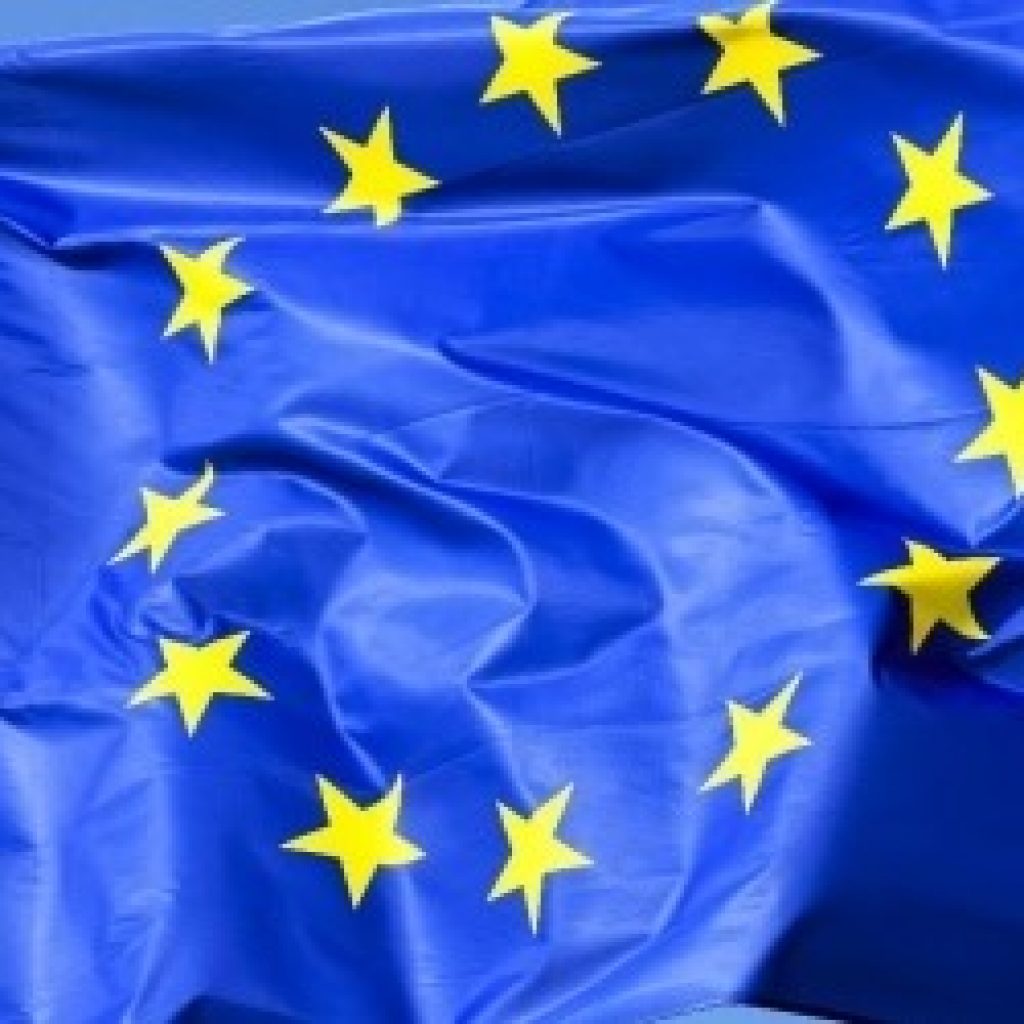(Telecoms) An EU-backed consortium this week said it now has a blueprint for quantum network architecture that will secure the bloc’s critical communications infrastructure.
The group, which includes Deutsche Telekom, Telefónica, defence giant Thales and its satellite arm Thales Alenia Space, and the Austrian Institute of Technology (AIT), have been conducting a study since April with the aim of integrating quantum security into the infrastructure.
This month, this so-called QSAFE (quantum network system architecture for Europe) consortium delivered the interim results of this study, laying the foundation for the implementation of the European quantum communication infrastructure (EuroQCI).
“The study will serve the European Commission as a basis for the next steps on the journey to establishing a European quantum communication infrastructure,” said Deutsche Telekom, in a statement. “All aspects – costs, security, technology, network dimensioning, planning, operational model, etc. – are included in the study.”
The next step in the process is to flesh out the design, bringing it closer to real-world deployment.
It wants to have its EuroQCI fully operational by 2027. It will consist of a terrestrial element, as well as a satellite element – hence the involvement of Thales Alenia Space in the QSAFE consortium.
“The EuroQCI will safeguard sensitive data and critical infrastructures by integrating quantum-based systems into existing communication infrastructures, providing an additional security layer based on quantum physics. It will reinforce the protection of Europe’s governmental institutions, their data centres, hospitals, energy grids, and more, becoming one of the main pillars of the EU’s new Cybersecurity Strategy for the coming decades,” the European Commission claims.
EU consortium delivers interim blueprint for integrating quantum network architecture to secure communication infrastructure
